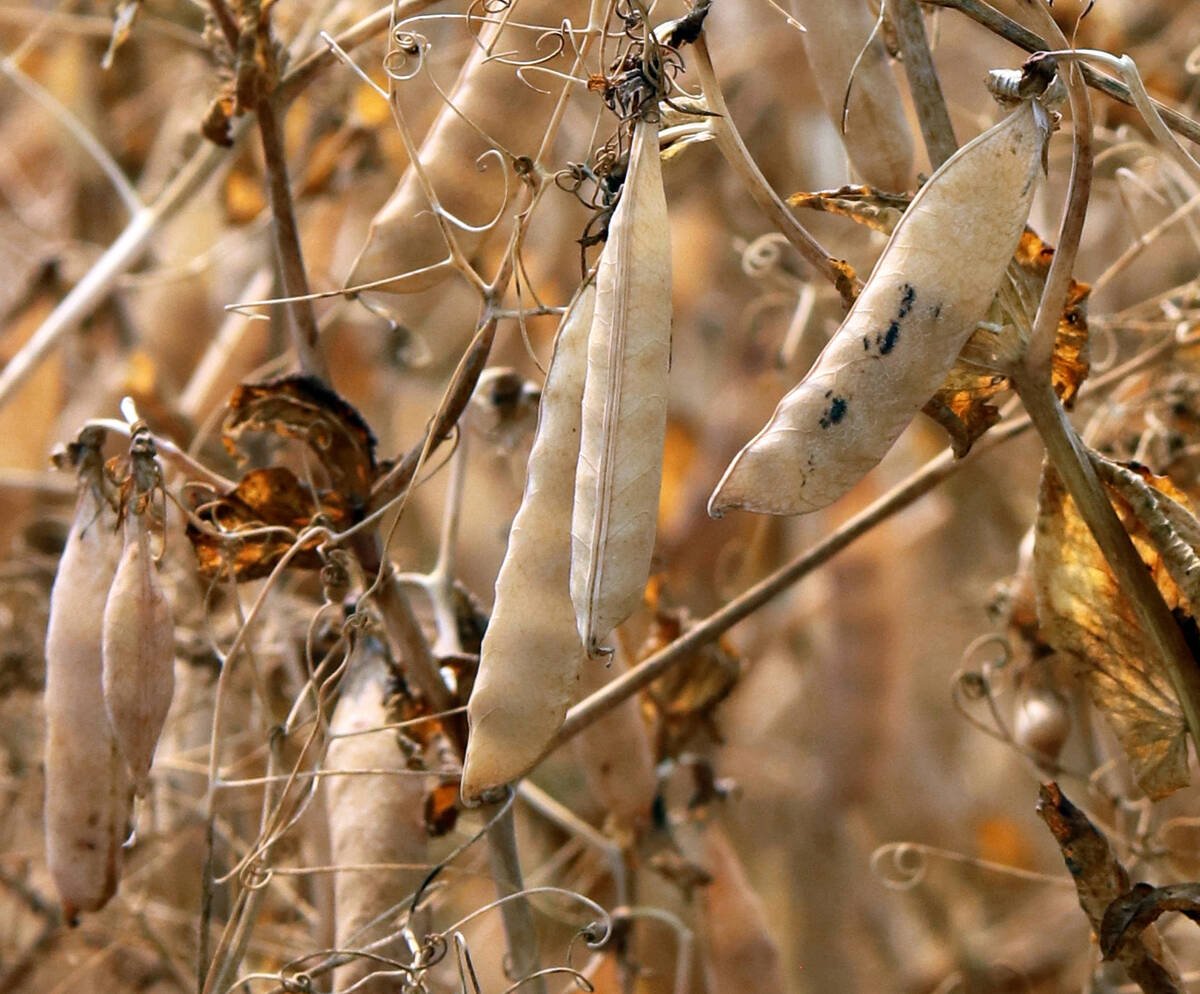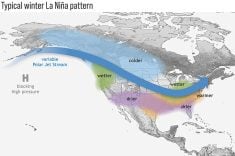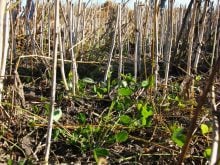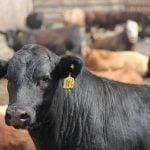Wheat producers may want to keep an old pest in mind when making plans for next year’s crop.
In research test plots and producer fields in southern Alberta, the populations of wheat stem sawfly have increased dramatically over the past two years. In some fields, 90 percent of the wheat stems were damaged. Researchers say the increase is likely due to several factors.
“Dry weather conditions likely exacerbated the problem this year,” said Brian Beres, biologist at the Agriculture Canada Lethbridge Research Centre.
“As well, conservation cropping practices play a role in allowing the pest to thrive and multiply, particularly in a dry cycle.”
Read Also

Trump’s tariffs take their toll on U.S. producers
U.S. farmers say Trump’s tariffs have been devastating for growers in that country.
Wheat stem sawflies are mainly a pest of spring wheat, but can also damage winter wheat and occasionally barley. The sawfly larvae that feed within the stem are pale white or yellowish and when mature, are about 1.25 centimetres in length with a well-defined head. Adult sawflies are slender wasps with a black abdomen with yellow-ring markings.
The larvae feeding within the stem can cause yield losses of five to 15 percent and damage grain quality.
Additional losses are incurred when mature larvae bore down the stem and girdle it just above ground level.
The cut stems are easily toppled by strong winds, sometimes forcing producers to swath or combine in one direction in hopes of picking up the fallen stems.
Producers with significant crop losses this year should consider alternative crops or cropping practices that reduce susceptibility to the pest.
Susceptibility is greatest in hollow-stem wheat varieties, said Beres, because sawfly larvae grow and reproduce well there.
Larvae are also found in solid-stemmed varieties, but the insect’s growth potential is limited and many will die in a solid stem before they have the opportunity to cut the stem.
There are no pesticides available to combat the problem.
Tillage in late fall or early spring may reduce sawfly populations that live in stubble by exposing them to predators and desiccation. However, that practice can lead to soil erosion and lower soil moisture.
Planting solid-stemmed varieties such as AC Abbey or AC Eatonia may offer the best resistance next year.
However, producers must weigh the costs and benefits of changing to solid-stemmed varieties, because they are generally lower yielding, or have lower protein than more susceptible hollow varieties.
Unknown resistance
In a study initiated by Beres this year, it was discovered that a new conventional variety, McKenzie, had an unexpected high level of resistance to the pest.
Cutting levels for McKenzie averaged five percent, whereas other conventional varieties such as CDC Teal, AC Barrie, and AC Cadillac sustained 40 percent or greater cutting damage.
While anecdotal data from crop specialists supported these findings in Alberta, the same level of resistance for McKenzie was not observed in the Swift Current, Sask., region.
Beres attributes the different resistance levels to the occurrence of solid stems in McKenzie, which is influenced by the environment in which the variety is grown.
Beres hopes to further assess varieties for resistance next year.
Because the adult sawfly is a weak flier and does not travel far, Beres believes further research into sawfly control should also focus on cultural practices. One potential solution is multiple or trap cropping, for example, planting solid-stemmed varieties around the perimeter of a field seeded to a conventional variety.
“The idea is that the perimeter is subject to the most infestation, and the use of a conventional high yielding, high protein variety inside will offset the low yields of the perimeter,” Beres said. “A blend of a solid stem variety and a hollow stem variety through the entire field may also be an effective cropping strategy.”














